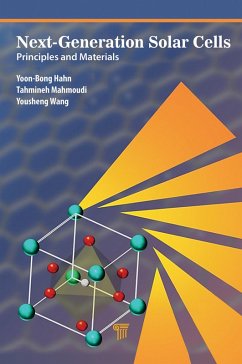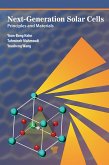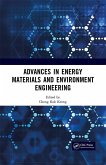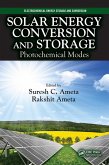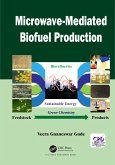Building a sustainable energy system is one of the great challenges of our time that has prompted both academia and industry to seek alternative energy and renewable energy solutions. Recently, advanced materials and technologies for next-generation solar cells have been exploited to develop economically viable, high-performance solar cells. This book addresses the principles and materials for the development of next-generation solar cells for a sustainable global society. It reviews the structures, working principles, and limitations of solar cells as well as the methods to improve their power-conversion efficiency. It introduces generations of cells as photovoltaic devices, including third-generation solar cells such as organic solar cells, quantum dot solar cells, and organic-inorganic hybrid solar cells. It focuses on the emerging perovskite solar cells (PSCs) and deals with their cell configuration, transport materials, and fabrication processes in detail.
Dieser Download kann aus rechtlichen Gründen nur mit Rechnungsadresse in A, B, BG, CY, CZ, D, DK, EW, E, FIN, F, GR, HR, H, IRL, I, LT, L, LR, M, NL, PL, P, R, S, SLO, SK ausgeliefert werden.

